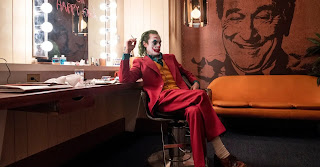Genre Research: Drama
Hello and welcome back to the blog. Today I'll be discussing the drama genre with you. Birds-Eye View, from above the subject, is best employed for isolating the topic to create a dramatic effect in drama films. Worm's View (also known as Low Angle), is a shot taken from below the subject, gazing up at a scene. Dutch Angle/Tilt is another. This camera angle is usually employed to generate a dramatic effect inside a film and can elicit a variety of emotions. The Dutch perspective can heighten psychological anguish and tension, creating a cinematic world full of suspense and thrills. Drama can become addictive and provide some people with a sense of being alive and creative. Drama can cause the release of endorphins, which are known pain relievers. It can also be pleasurable, which is similar to being addicted to narcotics. Drama is characterized by stories with high stakes and numerous conflicts. Not just any conflict, but one that is compelling, sympathetic, and deep enough to move a novel ahead and help people evolve. Dramas are the most probable genre to become stale or uninteresting, thus the story must be constantly evolving and becoming more involved. They are plot-driven and require that every character and scene advance the plot. Dramas have a distinct narrative story structure that depicts real-life circumstances or severe situations with emotionally charged individuals. In theatrical design, four sorts of clothes are used: historical, fanciful, dance, and modern. Low-key lighting adds mystery and intrigue to the scene. The primary source of light is referred to as key lighting. It is typically the brightest and casts the most shadows. The subject is highlighted using key lighting. What stands out to me is how much fun that would be. What does not appeal is how difficult it would be to act exactly like the role.

Comments
Post a Comment